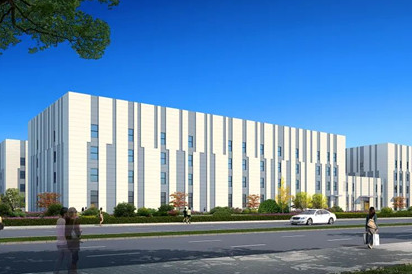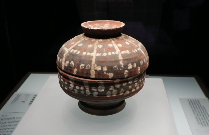Smart medical system improves healthcare in Hohhot
New improvements to the smart medical system in Hohhot, capital of North China's Inner Mongolia autonomous region, have helped to deliver more convenient medical services for local residents.
The system has been collecting population data and electronic health records, and has been promoting the integration of health data with medical services and supervision and management.
A total of 26 public hospitals above the second level have been connected to the city's health code system. So far, nearly 7 million electronic health codes have been issued, and hospital codes have now been used more than 30 million times.
Also, electronic health codes are valid at more than 4,900 agencies, including individual clinics, village clinics, and pharmacies. Users' health records can therefore be traced, allowing medical staff members to keep track of a person's health condition – something that has been especially important during the COVID-19 pandemic.
In addition, to advance smart medical construction, Hohhot has promoted the filing of electronic health records, allowing it to improve local medical services.
The Hohhot First Hospital has built a telemedicine consultation service platform, covering 33 medical institutions. Township hospitals in the city have also been equipped with digital medical equipment to improve informatization capacity.
Relying on the national health information platform, nine autonomous region-level hospitals, six municipal hospitals, and 10 banner, county and district-level hospitals, as well as primary medical and health institutions in the city now share data and collaborate, greatly advancing smart emergency system construction and improving emergency response capabilities.
In addition, the city now cooperates with Beijing Emergency Medical Center in emergency medical aid, and has a partnership with Shanghai Kingwing General Aviation Co in aerial medical aid.
Currently, Hohhot's 120 command and dispatch center one of the front runners in national emergency medicine, with its average acceptance time recently falling to just 41 seconds.








